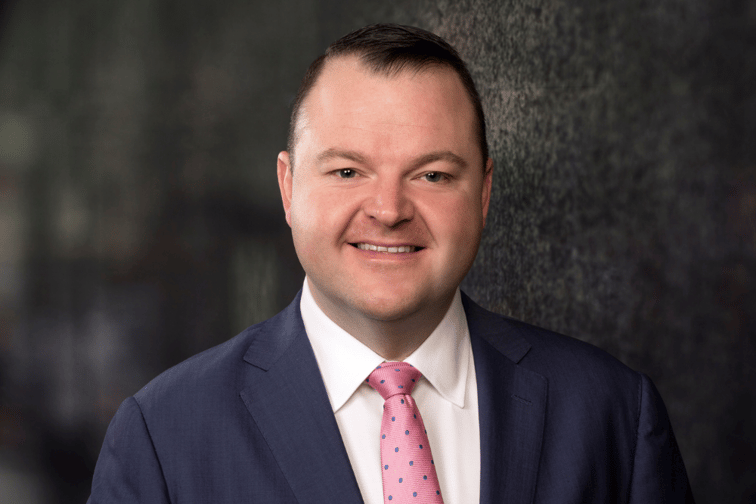

For the first time in Australia, NSW motorists who buy green slips will receive a reduction in their premiums through a transitional excess profits and losses (TEPL) mechanism. The reduction is part of a reform process introduced in 2017 by the State Insurance Regulatory Authority (SIRA) to deal with skyrocketing CTP costs.
“I have informed insurers of my decision to claw back almost $91 million, which means that in 2022 NSW motorists will enjoy an average saving of $19 on their green slip,” said SIRA CEO Adam Dent (pictured).
The TEPL mechanism gave insurers 28-days to appeal the decision. That cooling off period expired yesterday on November 29, with no insurers appealing.
NSW CTP premiums are still expensive compared to other states, said Dent, but the reduction continues a downward trend in prices since the reform process started with the full involvement of the insurance industry. Today the average CTP insurance costs $470. In 2016, premiums averaged more than $600.
“At the time [2016] basically very little money was really being spent on injured people so the total money in the scheme that was being paid out to people with injuries was really quite low and the premiums were skyrocketing,” said Dent. “Insurer profits were looking at being over 20% which is considered pretty unreasonable in this space, particularly when less than 50% was actually going towards injured claimants.”
In response, the NSW Government’s 2017 CTP reforms introduced regulatory powers for SIRA to control the level of insurer profits.
“So, one scheme design item was the transitional excess profit and loss provision which we’re now talking about - but the overall reforms drove prices down, increased the amount of benefits available early for claims and made sure more money in the scheme was actually going to injured people rather than profit,” Dent explained.
Dent said a main focus of the reforms was making sure more money went back into supporting injured claimants.
“So we want to see benefits being appropriately applied as well, essentially not just as profit and administrative expense,” he said.
Dent said the reforms involved setting a threshold for both profits and losses.
“So anything above 10% would be considered excess profit and anything below 3% would be considered an excess loss and the system is then designed that if we assess that that’s the case we’ll bring back that profit,” he said.
Insurance companies were obliged to agree to these reforms if they wanted to continue selling CTP insurance.
“It was part of the scheme design. So essentially, in 2017, when the new scheme launched, the process of determining if they [insurance companies] would be part of the scheme and sell CTP insurance in NSW involved them agreeing to these mechanisms being a part of the process,” said Dent.
SIRA used Australian Prudential Regulation Authority (APRA) capital requirements which are higher than the requirements normally used in personal insurance schemes.
“So, we know we are leaving them with sufficient capital and they [insurance companies] know they’re getting a fair and reasonable profit out of it. So, it’s still not a bad business for them, it’s just not the super profits that were driving costs through the roof and making people pretty unhappy,” he said.
2022 will be the first time SIRA has been able to implement the scheme and return profits to motorists.
“We assessed last year and couldn’t, with a degree of sufficient certainty, say we knew what the profit would be,” he said. “That’s partly because it takes a few years for the claims to all settle. There’s a 20 month point before you can make an award for damages claims.”
From January 15, 2022, motorists buying CTP will see the reductions.
“So, the part of the premium is what we call the SIRA levy and we’re reducing that by on average about 35% - so that will then flow through into the policy as a reduction in total cost to the motorist,” Dent noted.
He said SIRA expects to take profits out of the system and return them to motorists for the next couple of years.
“They [insurance companies] can be comfortable that we’ve done this in a really carefully considered way and it’s important because it’s a new scheme so it will take a few years, I think, before insurers will be able to price well,” he said. “So we’ll be taking profit out of the scheme for another couple of years.”
Read next: Industry welcomes CTP insurance reforms
Dent said the aim is to reach a point where excess profit and injury claims balance each other out.
“Hopefully the scheme will mature to a point where the excess profits are damage by default because the insurers will be pricing in accordance with the risk. But that safety net is also there so that if they have an excess loss there’s room for us to consider how that works in terms of pricing for the following year,” he said.
The TEPL scheme is a first in Australia, said Dent. SIRA looked to overseas examples for some inspiration, including similar schemes in the United States. However, SIRA’s adaptation was unique to local circumstances.
“There’s no-one out there really actively trying to withdraw profit from insurers as it happens!” said Dent.
“We’re really proud that it is a very unique thing to CTP and at the moment to NSW. We’re the first. I think we’ve now proven its value.”
